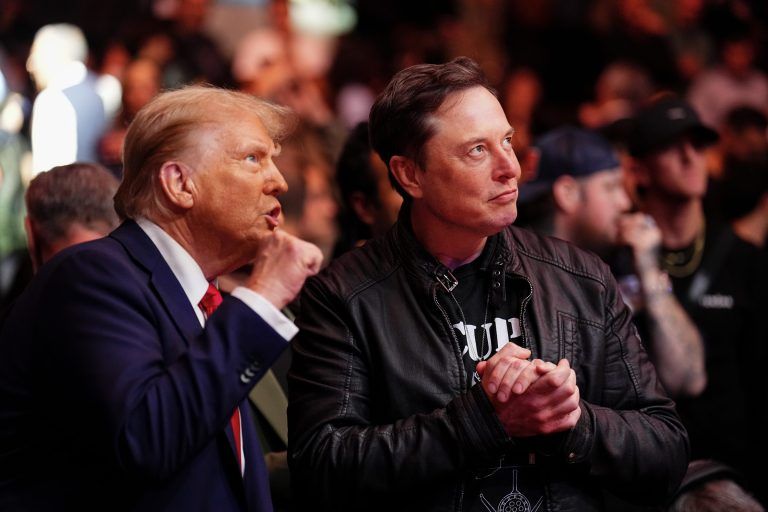
Elon Musk, known for his disruptive leadership at Tesla and SpaceX, has now set his sights on reshaping the U.S. federal bureaucracy. Partnering with biotech entrepreneur Vivek Ramaswamy, Musk unveiled a plan to drastically cut federal workforce inefficiencies through a newly proposed initiative called the “Department of Government Efficiency” (DOGE). This initiative aims to eliminate excessive regulations, enforce a strict return-to-office (RTO) policy, and slash discretionary spending to save taxpayers trillions of dollars.
Reforming Remote Work Policies
One of DOGE’s cornerstone policies is the elimination of remote and hybrid work arrangements for federal employees. According to Musk, remote work has led to reduced productivity and excessive operational costs. Employees unwilling to comply with the five-day office mandate will be encouraged to transition to the private sector. This approach is expected to lead to voluntary resignations, reducing headcount without the need for mass layoffs.
“The federal bureaucracy, with over 2 million employees funded by taxpayers, represents an existential threat to democracy if left unchecked,” Musk emphasized. By aligning headcount reductions with the nullification of redundant regulations, DOGE hopes to achieve significant structural changes.
Massive Budget Cuts: Targeting $2 Trillion in Savings
The DOGE initiative also targets $2 trillion in budget cuts, representing nearly one-third of the federal government’s $6.75 trillion fiscal budget. Areas ripe for reform include:
- Discretionary Spending: Cutting $500 billion annually by reducing inefficiencies and eliminating programs like the Corporation for Public Broadcasting ($500 million) and Planned Parenthood ($300 million).
- Department of Defense: Streamlining processes and addressing waste after its seventh consecutive failed audit.
- Fraud in Mandatory Entitlements: Reducing misuse in programs such as Social Security without directly affecting beneficiaries.
While some entitlements remain politically untouchable, Musk and Ramaswamy argue that these reforms can deliver unprecedented savings without impacting essential services.
Executive Orders and Supreme Court Backing
Musk and Ramaswamy argue that recent Supreme Court rulings grant them the authority to enact many of these reforms through executive orders, bypassing congressional approval. They see this as necessary to counter bureaucratic overreach, which they believe threatens democratic governance.
“The use of executive orders to repeal overreach is not only legitimate—it’s necessary,” they wrote in a Wall Street Journal op-ed.
Political Risks and Resistance
While Musk’s vision is ambitious, it is not without risks. Federal workforce reductions could disproportionately impact both red and blue states, potentially alienating President-elect Donald Trump’s voter base. For example, Alabama, a deeply Republican state, employs nearly 40,000 federal workers, comparable to New York’s 53,000 employees despite a much smaller population.
“We are ready for resistance from Washington’s entrenched interests,” Musk and Ramaswamy said, expressing confidence in overcoming opposition.
A Tight Timeline
The DOGE task force plans to disband by July 2026, well before the midterm elections. This tight timeline reflects Musk’s urgency to implement reforms and secure lasting changes to the federal bureaucracy before political dynamics shift.
Musk’s proposal underscores his vision of a leaner, more efficient government. Whether the DOGE initiative will succeed or face insurmountable political hurdles remains to be seen, but one thing is clear: Musk is determined to leave his mark on American governance.
Subscribe to our email newsletter to get the latest posts delivered right to your email.

Comments